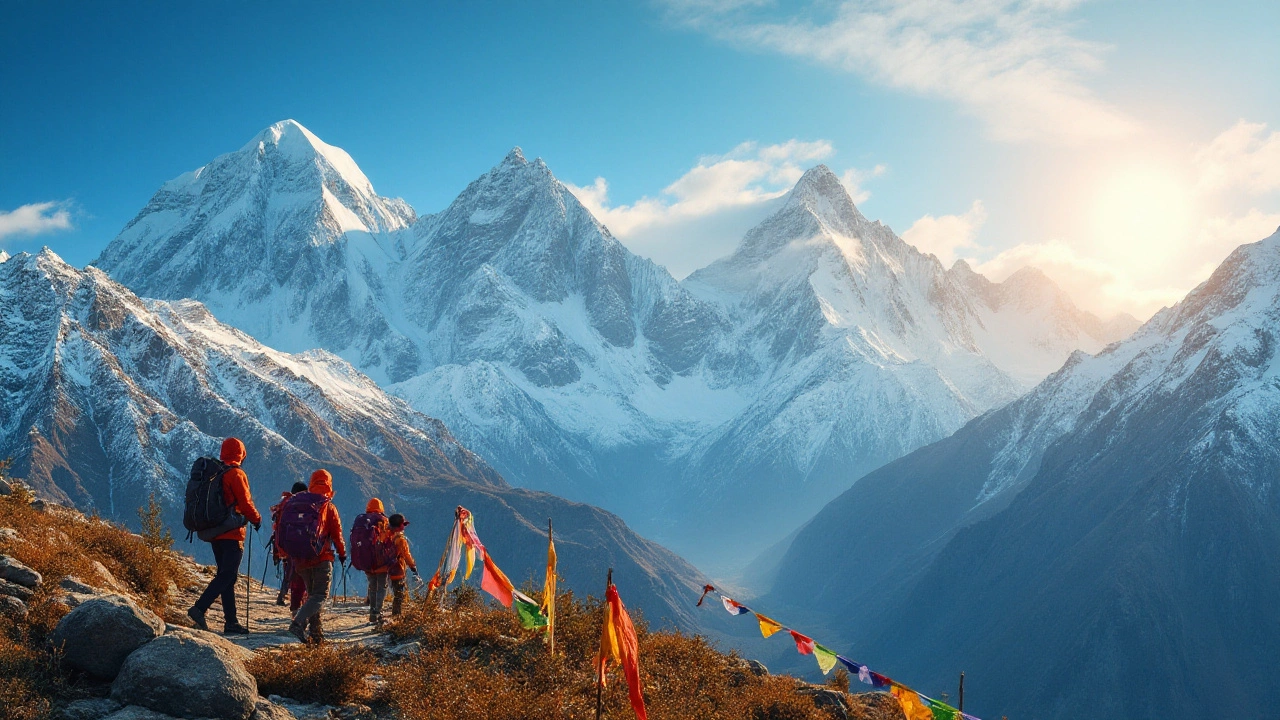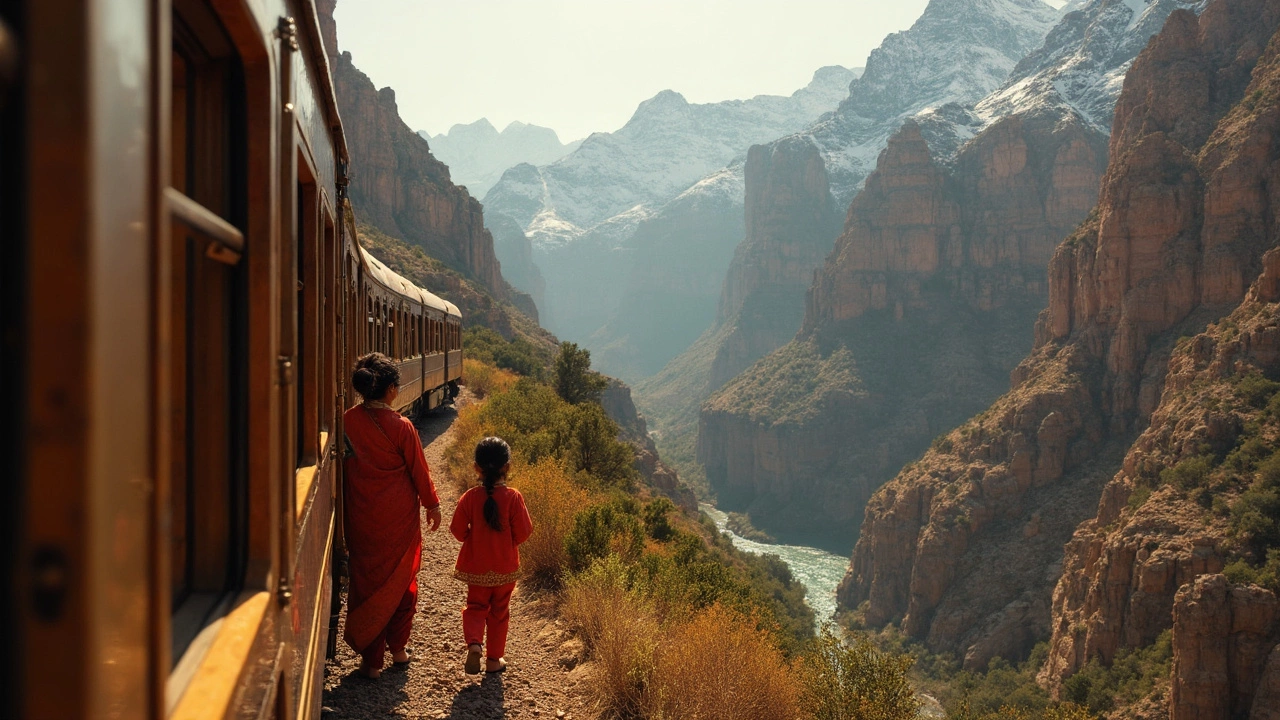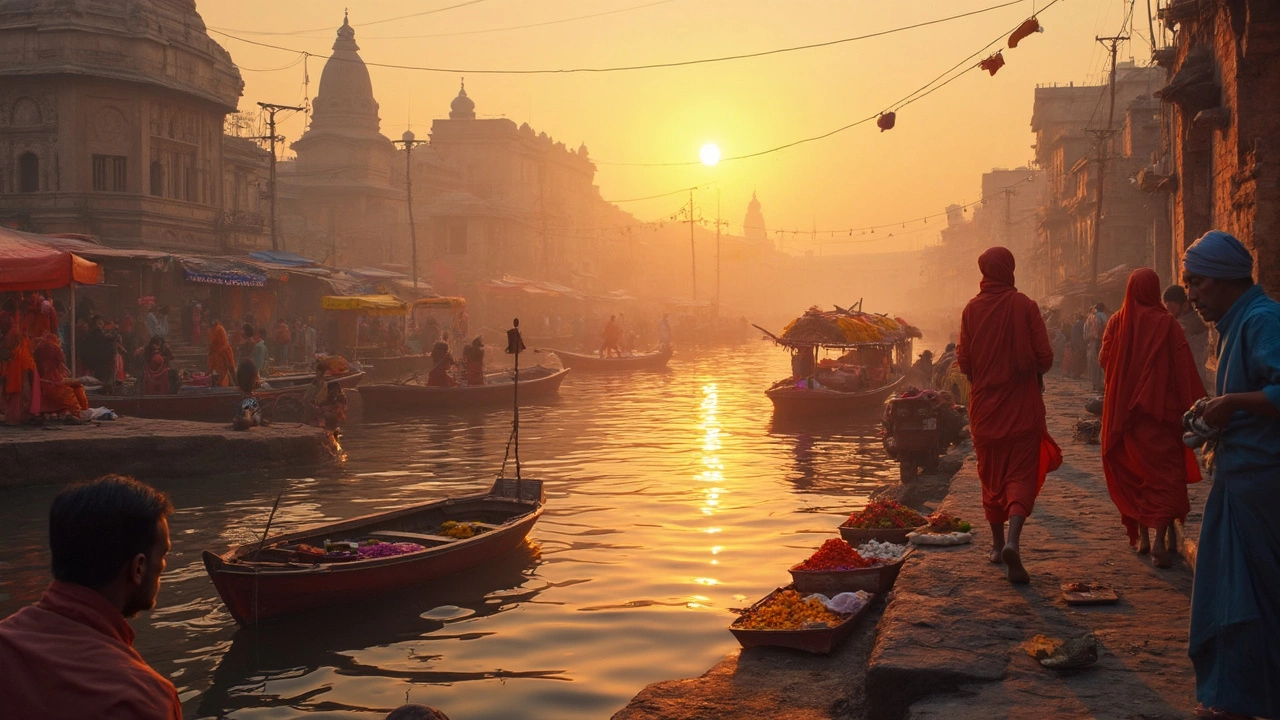Best Times to Visit Northern India for Tourism
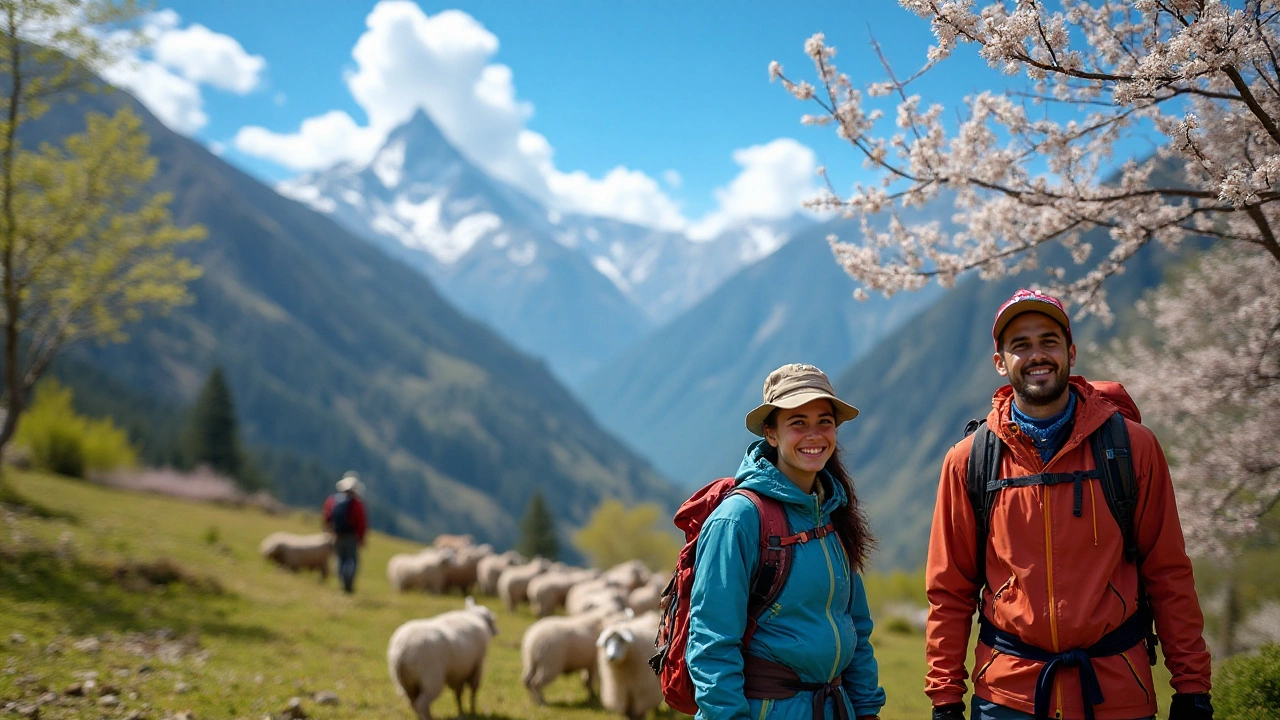
When it comes to exploring the vast and diverse regions of North India, timing can make all the difference. This part of India, known for its majestic mountains, historical landmarks, and vibrant culture, undergoes dramatic climate changes throughout the year, each affecting your travel experience uniquely.
The months and seasons here paint a distinct picture across the sweeping landscapes, from the snow-capped peaks of the Himalayas to the fertile plains of Punjab. As you plan your trip, it's not just about avoiding the chill of winter or the swelter of summer, but also aligning your itinerary with local festivities and off-the-beaten-path excursions. This approach allows you to embrace North India's full splendor.
Whether you're dreaming of trekking through the mighty Himalayas, exploring the palaces of Jaipur, or indulging in the culinary delights of Delhi, understanding the best time to visit is your first step toward an unforgettable journey. Let's delve into the considerations and tips that will help you decide when to embark on this incredible adventure.
- Weather and Climate Considerations
- Peak and Off-Peak Seasons
- Local Festivals and Events
- Tips for a Memorable Trip
Weather and Climate Considerations
Understanding the weather and climate patterns in North India is crucial for planning your adventure. The region experiences three primary seasons: a sweltering summer, a refreshing monsoon, and a chilly winter. Summer, from April to June, can be harsh with temperatures climbing up to 45°C in places like Delhi and Rajasthan. While daytime exploration might seem daunting, it offers a unique perspective on the bustling life of cities and the way locals adapt to the heat. Travelers often opt for early morning or late afternoon excursions to evade the scorching sun. Additionally, this season is ideal for those heading to the higher altitudes of Himachal Pradesh and Uttarakhand, where the temperatures remain pleasant and trekking routes, particularly in the Himalayas, become more accessible.
Monsoon season, spanning from July through September, brings relief from the oppressive heat. It transforms the landscapes into lush green vistas but also presents its own set of challenges for travelers. Heavy rainfall can lead to landslides and road blockages, especially in hill stations. However, the rain washes North India's skies, leaving behind a crisp freshness. Destinations like Kerala in the south are famous for monsoon tourism due to their romantic charm during this time. For the north, particularly for trips focusing on cities, some prefer this season since popular attractions are generally less crowded, allowing for a more personal experience at places such as the Taj Mahal. Occasionally, you might find paradise in the form of mystical clouds enveloping the landscapes. A quote by the Indian Meteorological Department says,
"Monsoon in India is not just about precipitation; it's an emotion that renews and rejuvenates."
As the monsoons retreat, the pleasant and much-anticipated winter season sets in from October to March. This period is considered the most favorable for visiting North India. The days are clear and sunny, with temperatures ranging from 5°C to 25°C depending on the location. Tourist favorites like Agra, Varanasi, and Jaipur attract many during winter due to the bearable climate, making it ideal for exploring without the discomfort of heat or rain. Winter is also the time when cultural festivals light up the calendars, providing travelers a chance to witness Indian traditions in full bloom. However, in places like Leh and parts of Kashmir, winter can be extreme, so packing appropriate clothing becomes essential. Snow lovers and adventure seekers find the snow-covered landscapes of the Himalayas, particularly around Christmas and New Year, utterly enchanting.
To summarize the temperature variations in different regions, consider the following table, which outlines the average temperatures across the seasons:
| Region | Summer (°C) | Monsoon (°C) | Winter (°C) |
|---|---|---|---|
| Delhi | 25 - 45 | 27 - 35 | 5 - 25 |
| Rajasthan | 30 - 48 | 26 - 35 | 10 - 25 |
| Himachal Pradesh | 10 - 25 | 15 - 25 | -5 - 15 |
Each season indeed offers its own beauty and challenges, requiring thoughtful planning. By aligning your visit to match the climate best suited for your desired activities, you unlock a North Indian experience that's not only enjoyable but also rich with memories.
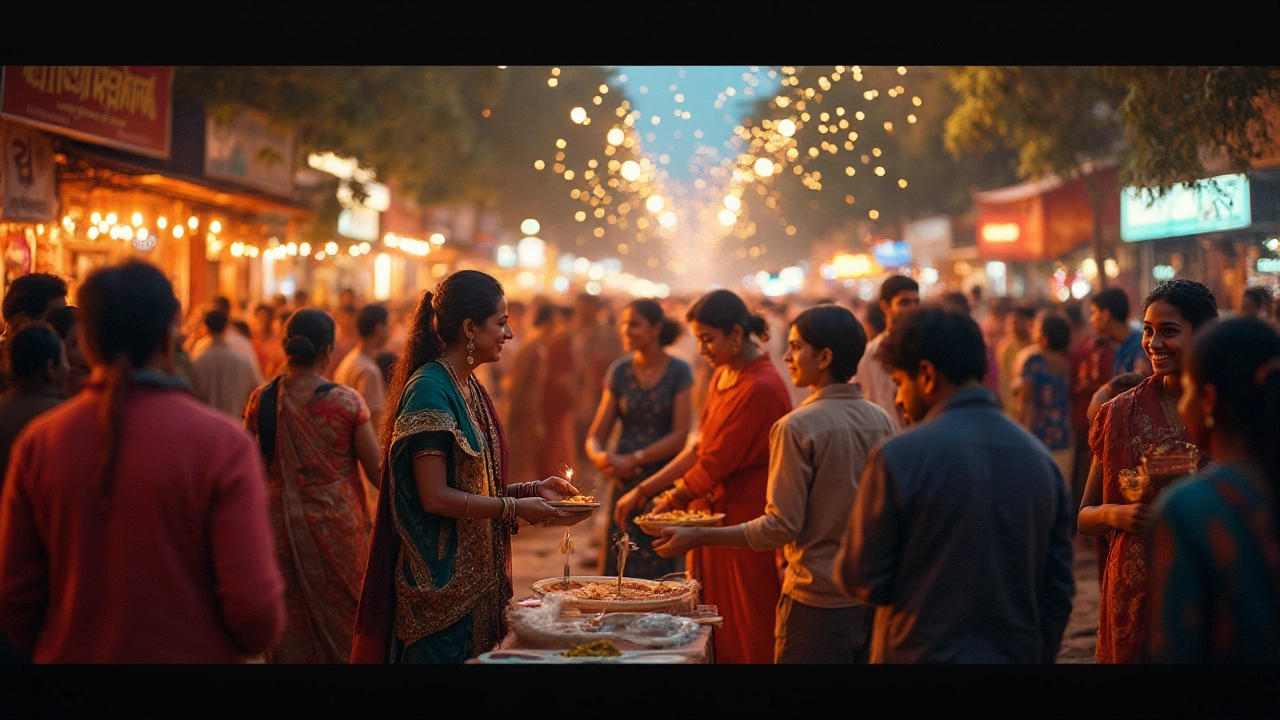
Peak and Off-Peak Seasons
For travelers keen on exploring Northern India, understanding the division between peak and off-peak seasons is crucial. Each season offers its own charm, dictating not just the weather, but also the vibrancy and tranquility of various locales. Typically, the peak tourist season in Northern India is from October to March. During this time, the weather is generally cool and pleasant, making it ideal for sightseeing and outdoor activities. This period coincides with a number of famous cultural festivals such as Diwali and Holi, which add a colorful backdrop to your visit. Major tourist spots like Agra's Taj Mahal, Jaipur's forts, and the bustling city of Delhi see an influx of visitors, which can mean longer waits at attractions but also more energy and excitement in the air.
Traveling during the off-peak season, which is primarily the summer months of April to June, means dealing with much higher temperatures and sometimes oppressive humidity, especially in the plains. However, this doesn't apply to all regions. The summer months are actually the best time to head to the hill stations like Shimla, Manali, and the Himalayan foothills, where the cool mountain breeze offers a refreshing escape from the lowland heat. This time of year is perfect if you are interested in trekking, paragliding, or simply exploring the lush, serene landscapes of higher altitudes.
The period from July to September is considered monsoon season in many parts of North India, particularly in states like Uttarakhand and Himachal Pradesh. While travel during this time can be challenging due to sporadic heavy rains and potential landslides in hill areas, the lush green transformation of the landscape can be a breathtaking sight. This season is a great time to experience the picturesque beauty of places like the Valley of Flowers, although some routes may be muddy and precarious.
Pros and Cons of Peak Season
Visiting during peak season allows you to participate in numerous festivals, enjoy comfortable weather, and benefit from the full hospitality and activities that regions prepare for tourists. However, it's important to remember that these pros come with a trade-off. Accommodation prices tend to be higher, and the popular tourist spots can be quite crowded. A wise traveler can alleviate this by booking accommodations and transport well in advance to secure better deals and potentially avoid the worst of the crowds.Advantages of Traveling Off-Peak
On the contrary, visiting during the off-peak period means experiencing less crowded attractions, lower prices on accommodations and flights, and a more peaceful atmosphere. You might find that locals have more time to interact with you, giving you a deeper insight into different ways of living and cultures. It’s a fantastic way to enjoy a slow travel experience, discovering hidden gems that are often overlooked.The North India region, with its peaks and valleys, sees varying traveler numbers over the seasons, yet offers rewards in any weather. "Travelers who are open to adjusting their plans can enjoy more than just the attractions," notes travel journalist Anjali Tripathi. "They find experiences."
Whether you decide to travel during peak or off-peak times, the key is planning according to the kind of experience you seek. Do you crave the festival fervor and cooler breezes of the peak season, or the quiet roads and intimate encounters of the off-peak? With careful thought, you can have a remarkable journey in Northern India whenever you choose to go.
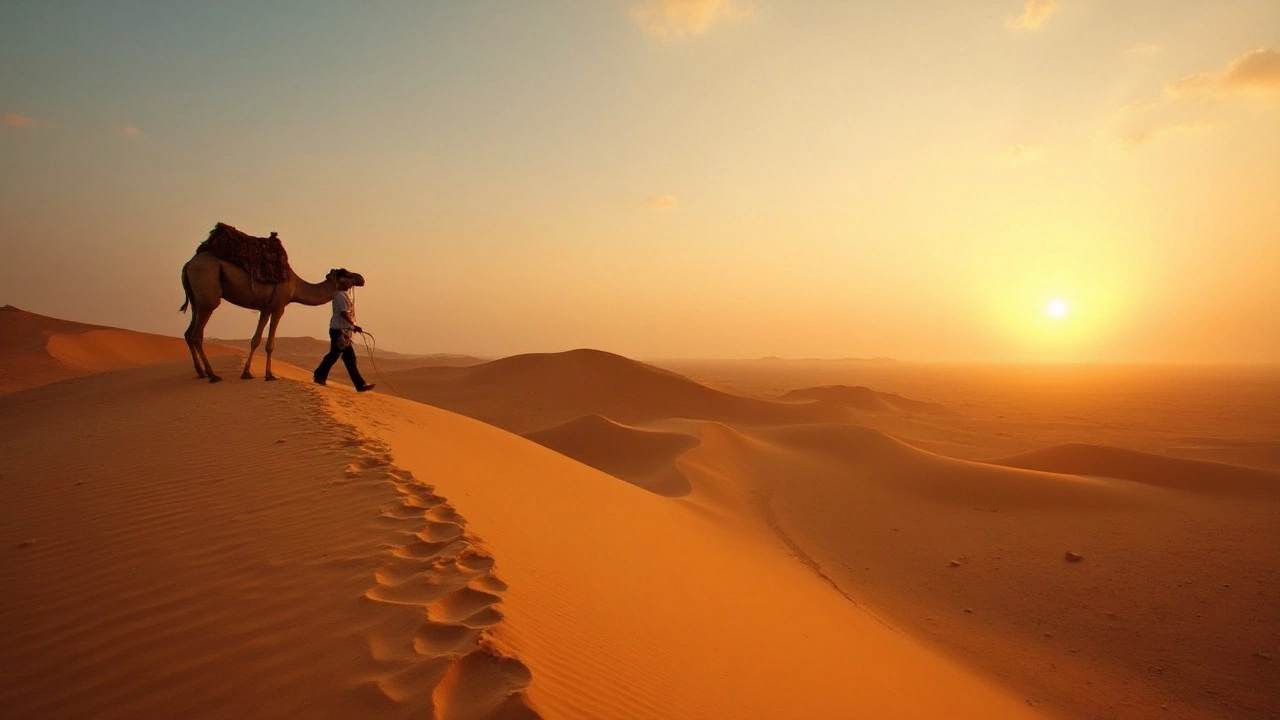
Local Festivals and Events
North India is a vibrant region where the past and present dance together in a colorful array of festivals and events. These festivities are not just occasions of local celebration but are magnetic attractions for travelers worldwide, eager to immerse themselves in the rich tapestry of Indian traditions and joy. Each festival offers a glimpse into the diverse cultural ethos, with the kind of lively participation that draws people into a world of color, flavor, and sound.
One of the most renowned festivals in Northern India is Diwali, the Festival of Lights, held typically between October and November. Cities such as Delhi and Jaipur transform into glittering wonderlands adorned with thousands of lights. Diwali is significant not only for its visual spectacle but also for its spiritual essence, symbolizing the victory of light over darkness. If you find yourself in India during this time, expect a sensory delight of vibrant fireworks, sweets, and deep cultural exchanges among locals and visitors alike.
Holi, celebrated around March, is another beaming highlight of the North Indian calendar. Known as the Festival of Colors, it is a grand unifier where people of all ages throw powdered colors and water balloons in jubilant celebrations of the arrival of spring. Vrindavan and Mathura, places associated with Lord Krishna, host some of the most legendary Holi parties. This event marks a spectacle of unity, laughter, and liveliness as streets and homes resonate with the beats of traditional songs and dance.
"Du Ba Du, the harmonies of Holi, echo not just in the streets of India but in the hearts of all who witness." - Renowned travel writer, Pradeep Sharma
Among other interesting events is the Pushkar Camel Fair held in Rajasthan. Scheduled in November, this fair draws cattle traders, farmers, and tourists from all corners of the country and beyond. With its mix of livestock trading, cultural performances, and competitions, the fair presents an intriguing slice of rural India in its most festive mood. You will witness folk music, dance, and even a camel race, ensuring entertainment for everyone.
Beyond these well-known events, there are myriad local festivals such as the Ladakh Festival. Celebrated in September, it showcases the rich cultural diversity of the region through parades, art exhibitions, and showcases of traditional Ladakhi folk songs and dances. Here, in the shadow of the mighty Himalayas, visitors experience the serenity and warmth of Northern hospitality.
Regardless of when you choose to visit, aligning your travel plans with one or more of these festivals can significantly enhance your journey to North India. Not only will you engage with the deeply rooted cultural expressions, but you will also gain a personalized understanding of the values and stories that have shaped this vibrant part of the world over centuries.
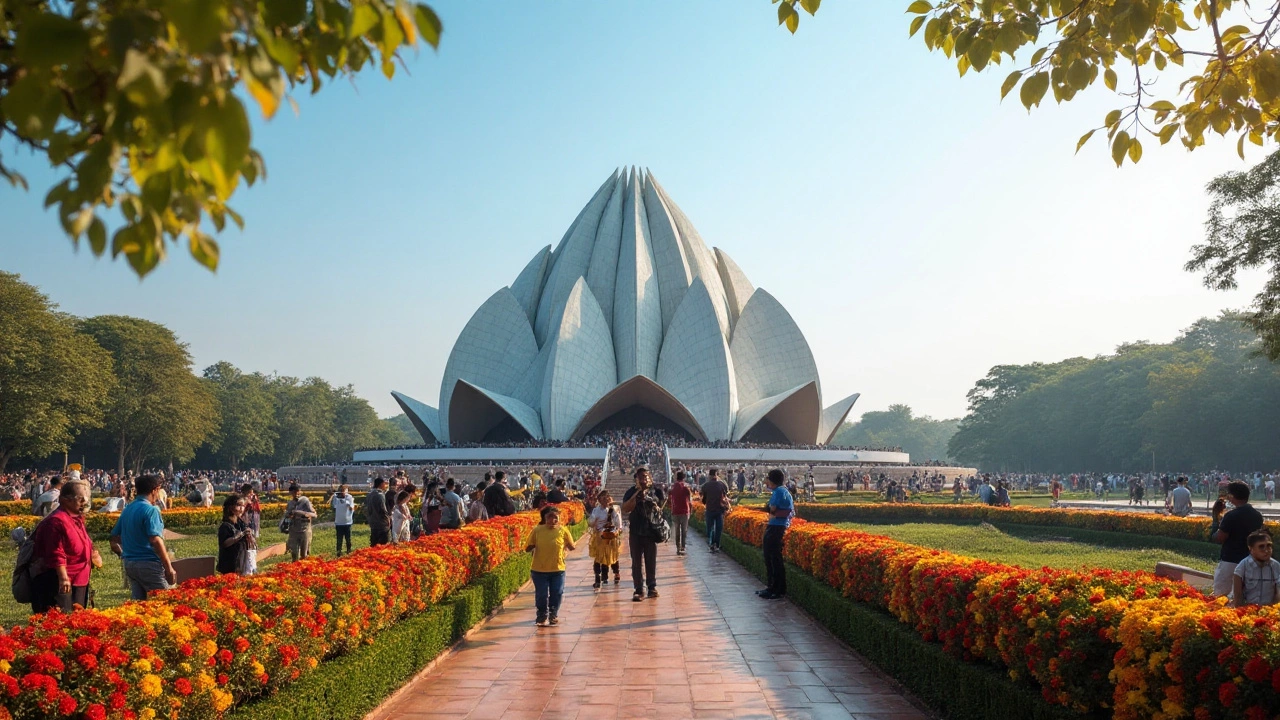
Tips for a Memorable Trip
Embarking on a journey to Northern India brings with it an anticipation of awe-inspiring landscapes, rich culture, and centuries of history embedded in its soil. Before packing your bags, there are several considerations to ensure a trip filled with delightful memories rather than unexpected snags. Firstly, being mindful of the seasonal variations is crucial; the region is famed for its weather extremes, ranging from scorching summers to biting winters and monsoon interludes.
Planning your activities according to the climate can enhance your experience significantly. If you're visiting during the cooler months, which are generally from October to March, packing layers is wise. The daytime might bless you with warmth, but the nights, especially in the mountainous regions, can be quite chilly. In contrast, summers, though perfect for high-altitude adventures where snow begins to thaw, demand light attire and ample sunscreen.
Another vital tip is to immerse yourself in the local culture, which offers a rich tapestry of languages, cuisines, and festivals. Festivals like Diwali and Holi transform cities into vibrant spectacles of color and light, providing a unique opportunity to engage with locals and part-take in time-honored traditions. As one seasoned traveler put it, "India is a universe cocooned within the confines of a nation."
"Travel makes one modest. You see what a tiny place you occupy in the world." - Gustave FlaubertAs you journey through bustling markets and serene temples, respect for local customs and traditions will not only enrich your understanding but also deepen connections with the people you meet.
Northern India's culinary scene is a highlight that no visitor should miss. From Delhi's street food stalls dishing out spicy chaats to the aromatic curries of Rajasthan, food is a gateway to the region's heart and soul. Be adventurous with your palate but also considerate; some dishes might be a tad too spicy for a Western tongue, so it's advisable to start slow and adapt gradually. Drinking bottled water is a safer bet unless you are accustomed to local tap water and its preparation methods.
Lastly, navigation through this vast region is more manageable now than ever with a plethora of transport options at your fingertips. Trains and buses cover most areas, providing a chance to travel like a local. For a more personalized experience, consider hiring a private car, which is quite affordable and offers flexibility in remote regions. If you're firmly plugged into the digital age, a reliable mobile data connection through a local SIM card will keep you aligned and help in making spontaneous travel decisions.
By integrating these tips into your travel plan, you're likely to experience Northern India not just as a tourist hotspot but as a series of deeply personal encounters, each leaving an indelible mark on your journey.
